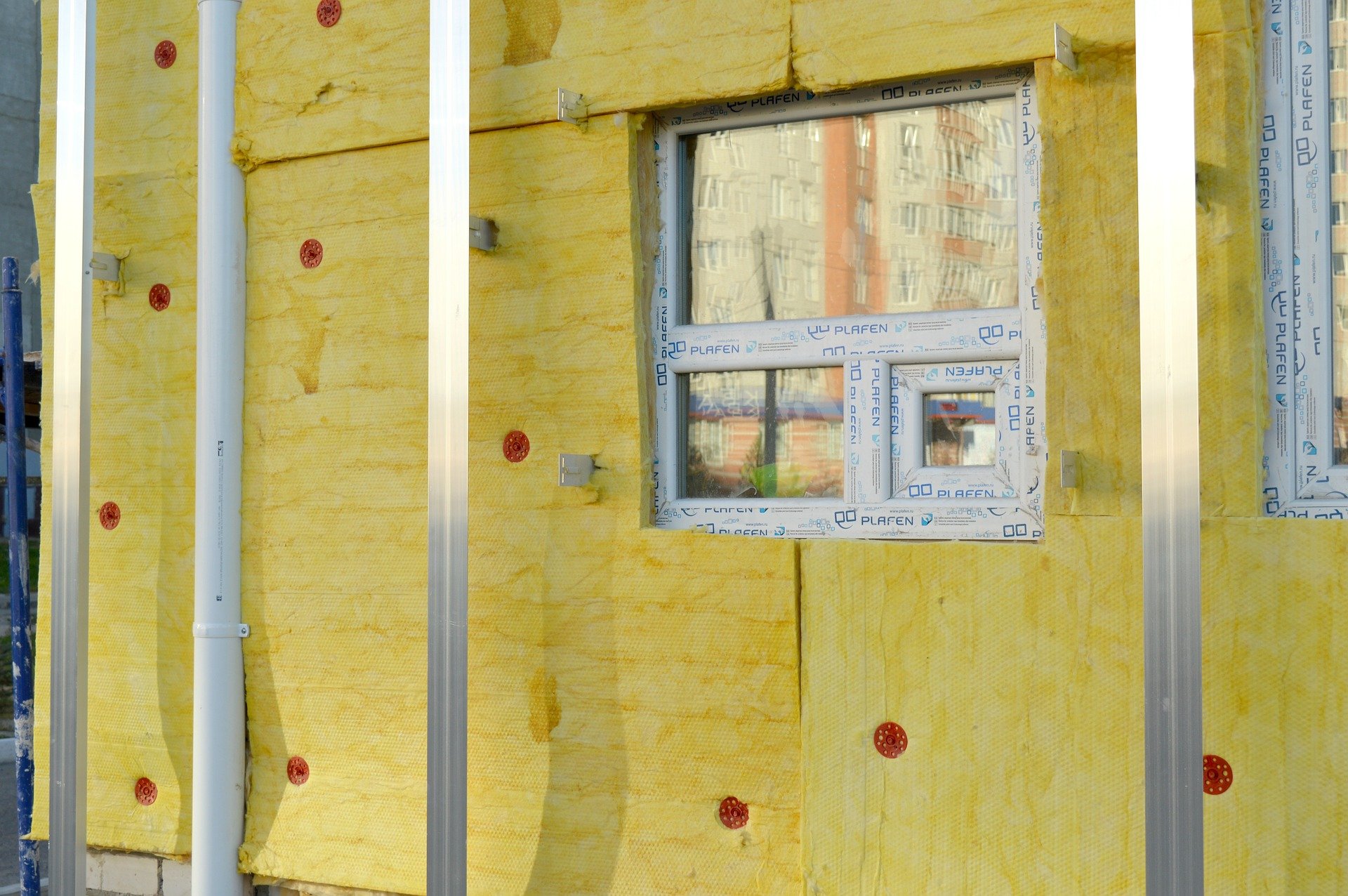At the BBA, we provided construction product manufacturers third party approval for their Cavity Wall Insulation (CWI) and External Wall Insulation Systems (EWIS), through a rigorous testing, assessment and approval process.
As a UKAS accredited Certification body (No 0113) our Agrément Certificate helps to provide reassurance to specifiers, architects, contractors and end-users that the BBA has approved the products to the required stands and Building Regulations.
Apply today to and see how we can help your insulation product gain acceptance in the marketplace.
What is Cavity Wall Insulation (CWI)?
Cavity wall insulation (CWI) is a type of insulation inserted into the space inside the walls of a property – the cavity. The cavity is formed by two walls of brickwork built close together, between which the insulation can be inserted.
Most homes built after 1920 have cavities, whereas older homes tend to have solid walls. More modern properties are usually constructed with a layer of insulation boarding between the walls, especially if they have been built in the last 20 years.
There are many types of CWI for different property types, including mineral wool, bead or foam.
What is an External Wall Insulation System (EWIS)?
External wall insulation (or EWI), is insulation fitted to the outside of a home, where cavity walls are not present. These tend to be properties of solid wall construction or system-built homes with steel or timber frames.
EWI will change the visual appearance of a property and many architects, and contractors choose to install it to improve the aesthetics of the properties they are renovating.
EWI systems are usually made up of expanded polystyrene, mineral wool, polyurethane foam or phenolic foam, topped off with a reinforced cement-based, mineral or synthetic finish and plaster.
Apply today to find out how we can help your insulation product gain acceptance in the marketplace
Download the Guidelies
Share This Story, Choose Your Platform!
Related News
At the BBA, we provided construction product manufacturers third party approval for their Cavity Wall Insulation (CWI) and External Wall Insulation Systems (EWIS), through a rigorous testing, assessment and approval process.
As a UKAS accredited Certification body (No 0113) our Agrément Certificate helps to provide reassurance to specifiers, architects, contractors and end-users that the BBA has approved the products to the required stands and Building Regulations.
Apply today to and see how we can help your insulation product gain acceptance in the marketplace.
What is Cavity Wall Insulation (CWI)?
Cavity wall insulation (CWI) is a type of insulation inserted into the space inside the walls of a property – the cavity. The cavity is formed by two walls of brickwork built close together, between which the insulation can be inserted.
Most homes built after 1920 have cavities, whereas older homes tend to have solid walls. More modern properties are usually constructed with a layer of insulation boarding between the walls, especially if they have been built in the last 20 years.
There are many types of CWI for different property types, including mineral wool, bead or foam.
What is an External Wall Insulation System (EWIS)?
External wall insulation (or EWI), is insulation fitted to the outside of a home, where cavity walls are not present. These tend to be properties of solid wall construction or system-built homes with steel or timber frames.
EWI will change the visual appearance of a property and many architects, and contractors choose to install it to improve the aesthetics of the properties they are renovating.
EWI systems are usually made up of expanded polystyrene, mineral wool, polyurethane foam or phenolic foam, topped off with a reinforced cement-based, mineral or synthetic finish and plaster.
Apply today to find out how we can help your insulation product gain acceptance in the marketplace
Download the Guidelies
Share This Story, Choose Your Platform!
Related News
Get in touch
Please complete the form below and we will contact you as soon as possible.
To help us to respond to your inquiry as quickly as possible, we have put a handy list of our services below.


